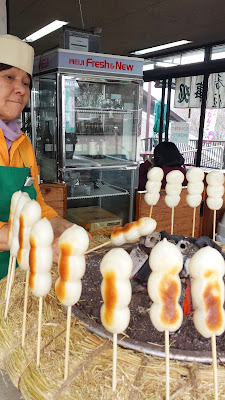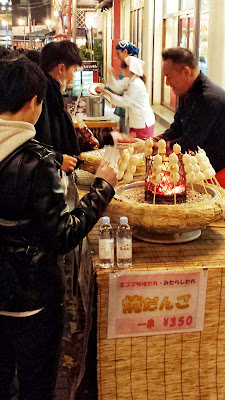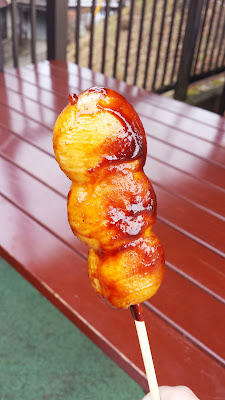My recent visit to San Francisco unfortunately coincided with the Wine Country wildfires, so I had to pivot on some of the excursions I was planning on doing with my mom while my sister was working. Particularly I tried to think of things to do that were indoors to avoid possible poor air quality. One of the destinations that I ended up choosing to take my mom was the Jelly Belly Candy Company, and try out their free Jelly Belly Factory Tour and do some shopping for candies she could take to relatives in Thailand. It was more of a trip for her since she loves candy, but I think I ended up having just as much if not even more fun. It was much cooler then I thought it would be for someone like me that loves the idea of sweets but doesn’t love eating sweets. There’s a lot that go into making a Jelly Belly bean!


The location of the Jelly Belly in the Bay Area is out in Fairfield, which is north towards Napa, and also happens to be across the street from an Olive Oil and Vinegar tasting room and also the Budweiser Tasting Room, so you can make this a productive day excursion for the one hour drive. If you’re staying by Napa, consider it to take a break from wine. We only stopped for the Jelly Belly Factory Tour, which I’ll share here.
It’s best to visit on a weekday because then you’ll see the machines working with the people running them, vs when it is not operating on weekends or holidays. Overall, I recommend going to the Jelly Belly Factory Tour because it is cool to learn how the jelly beans are made and prepared for sale, and Jelly Belly really strives for a mix of efficiency with machinery but also relies on people for quality every step of the way. The workers seemed happy – several waved at me and smiled, and I’m not a cute kid on a tour. Though I think the paper hats they require you to wear the whole tour are both silly (so non functional) and cute.


I am all for technology and progress I don’t believe it means completely displacing people out of jobs, though it may mean changing the job description to work with the technology. As fascinating as automation is, seeing it paired with people too is heartening – and if you come on a working factory day you’ll be able to watch that interaction.

















